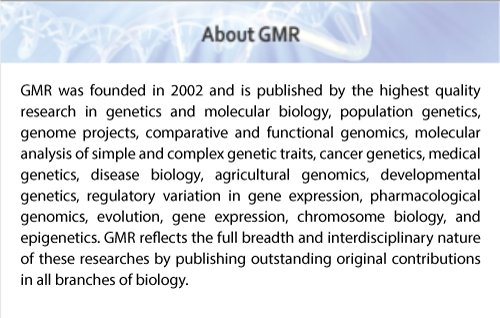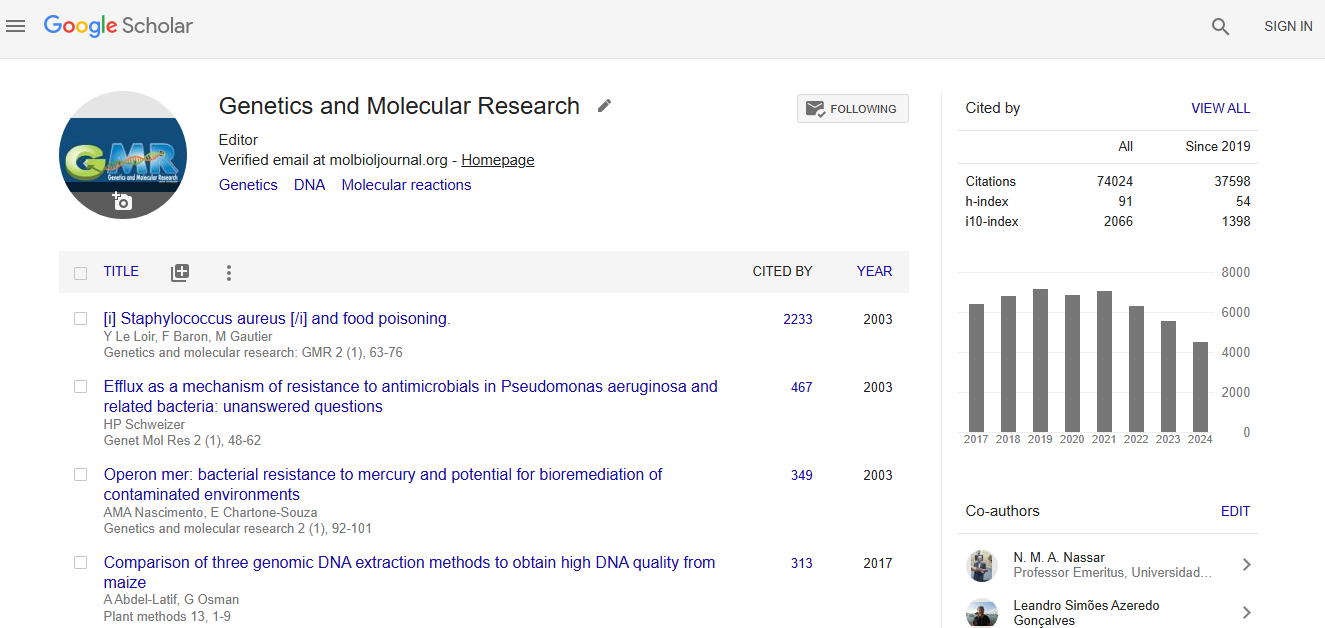Abstract
A novel 3-base pair deletion of the CRYAA gene identified in a large Chinese pedigree featuring autosomal dominant congenital perinuclear cataract
Author(s): X.D. Kong, N. Liu, H.R. Shi, J.M. Dong, Z.H. Zhao, J. Liu,J. Li-Ling and Y.X. YangCongenital cataract is caused by reduced transparency of the lens resulting from metabolic disorders during the fetal period. The disease shows great heterogeneity both clinically and genetically. We identified a 4-generation ethnic Han Chinese family affected by autosomal dominant congenital perinuclear cataract. The patients underwent full clinical and ophthalmologic examinations to rule out any concomitant disorders. Blood samples were collected and genomic DNA was extracted. Potential mutations in the candidate gene alpha A crystallin (CRYAA) were screened. Prenatal diagnosis was then provided for a fetus of the affected proband by chorionic villus sampling. In all patients, DNA sequencing of the CRYAA gene revealed a novel 3-bp deletion mutation in exon 3 (c.246_248delCGC), which led to deletion of codon 117 encoding arginine (p.117delR) in the peptide chain. The same mutation was not found among unaffected and healthy individuals. Bioinformatic analysis revealed that although the c.246_248delCGC is an ‘in-frame’ mutation, removal of arginine resulted in a significant change in the protein structure. The fetus did not possess this mutation and was confirmed to be healthy at 1-year follow-up. A novel disease-causing mutation, c.246_248delCGC (p.117delR), of the CRYAA gene has been identified in a Chinese family with autosomal-type perinuclear congenital cataracts. This is also the first report of prenatal diagnosis of this type of congenital cataract.
Impact Factor an Index

Google scholar citation report
Citations : 74024
Genetics and Molecular Research received 74024 citations as per google scholar report
